
Fittings, Luer Lock, Filter, Check Valves
Fittings are integral components in the realm of medical and analytical technology, serving as the crucial links that ensure seamless connections within complex systems. These components play a pivotal role in maintaining precision, reliability, and sterility in various medical and analytical applications. The selection of materials for fittings is a critical determinant of precision, reliability, and compatibility with the stringent requirements of these fields. Polypropylene, PEEK (polyetheretherketone), medical nylon, PTFE (polytetrafluoroethylene), and PVDF (polyvinylidene fluoride) are commonly used due to their unique attributes in enhancing performance across a spectrum of applications.
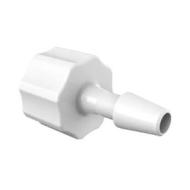
Luer Lock Fittings
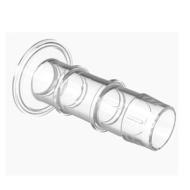
Sanitary Flange Fittings
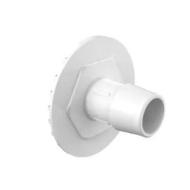
Port Plate Fittings
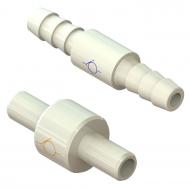
Check-Valves

Filter
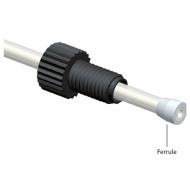
Fittings for PTFE tubing
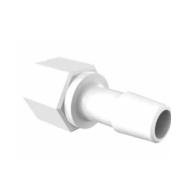
Swivel Fittings - Gas | Oxygen
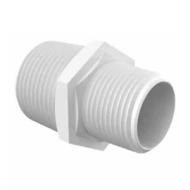
Threaded Connectors
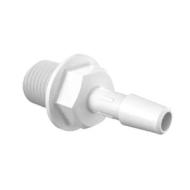
Panel Mounts
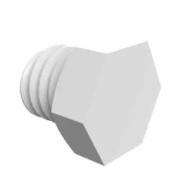
Plugs
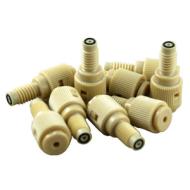
Push-In Fittings for PTFE tube
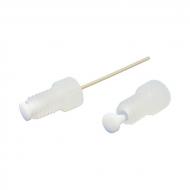
Capillary Tube Fittings
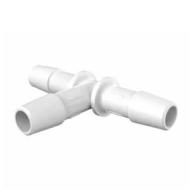
Tube connectors

Threaded Fittings
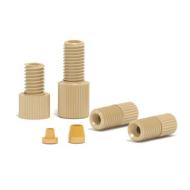
PEEK Fittings
Materials Tailored for Excellence
The materials used in fittings for medical and life science applications are chosen with meticulous care. Biocompatible materials such as polypropylene, PEEK, PTFE and stainless steel are commonly employed to ensure the integrity of biological samples, chemical compatibility, and resistance to harsh environments. This choice of materials is critical in maintaining the purity of substances being transferred or analyzed.
Sterility and Hygiene
In medical and life science settings, maintaining sterile conditions is imperative. Our fittings are designed and manufactured to meet stringent hygiene standards, facilitating the reliable handling of biological samples, reagents, and other sensitive materials. The ability to withstand sterilization methods is a key attribute, ensuring that fittings contribute to a contamination-free environment.
Use of filters for clean fluidics
Filters are used to remove contaminants and ensure the purity of samples. The selection of special filter materials, such as PTFE or microporous polyethylene, enables precise separation of particles and molecules. In addition to enhancing the cleanliness of the fluid, filters also safeguard sensitive components like valves, pumps, and sensors from potential damage caused by debris. The choice of filter depends on the application's requirements, with considerations for flow rate, pressure, and the type of contaminants being filtered.
Check valves for fluid control
Check valves allow one-way flow of liquids and prevent backflow, ensuring the integrity of experiments and analysis. The design of check valves is simple yet effective, typically featuring a hinged flap, a ball, or a diaphragm that opens in response to forward flow and closes to block reverse flow. This functionality is crucial in preventing issues such as contamination, backpressure, and damage to system components. Check valves find widespread application in various industries, from water and wastewater treatment to medical devices.
